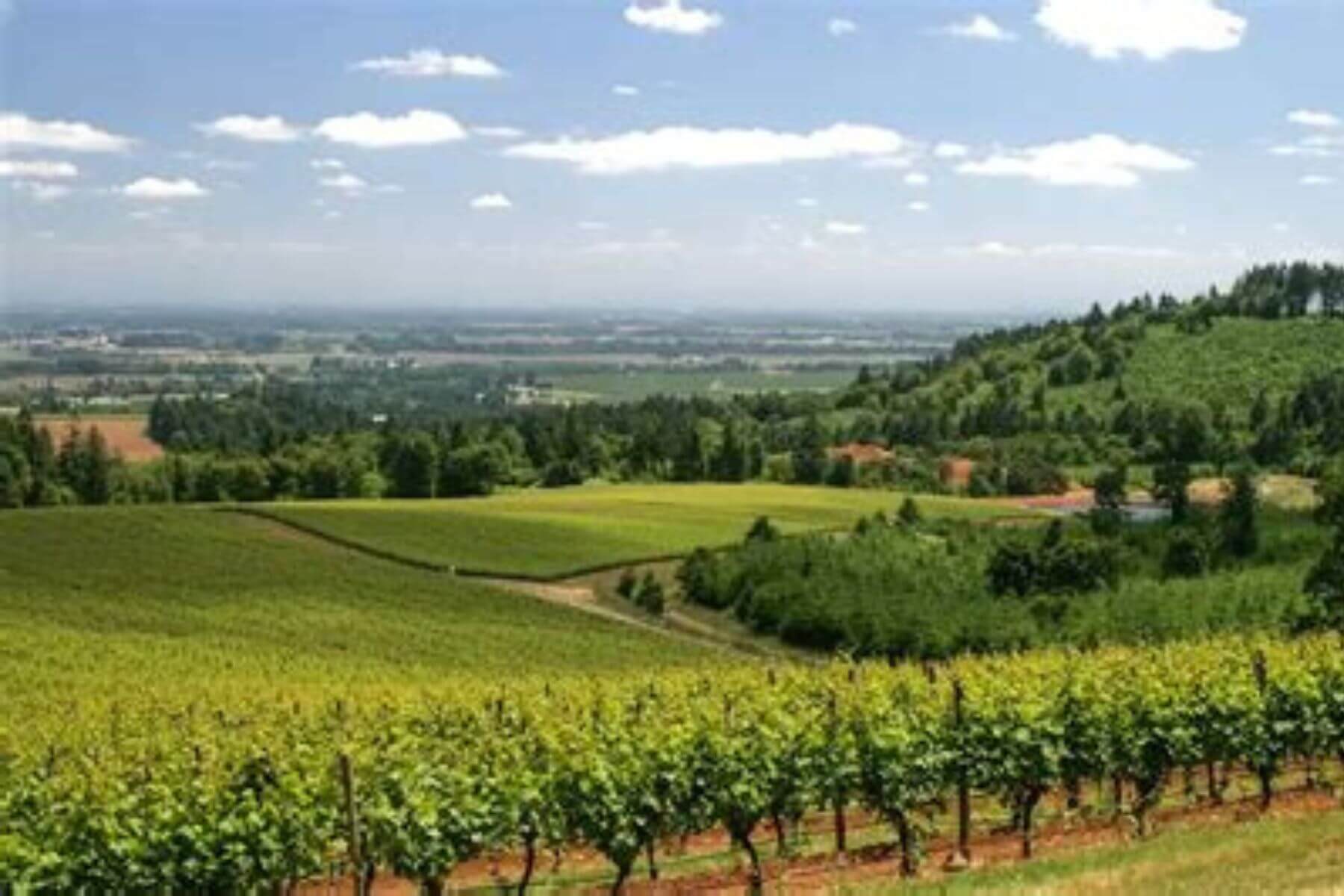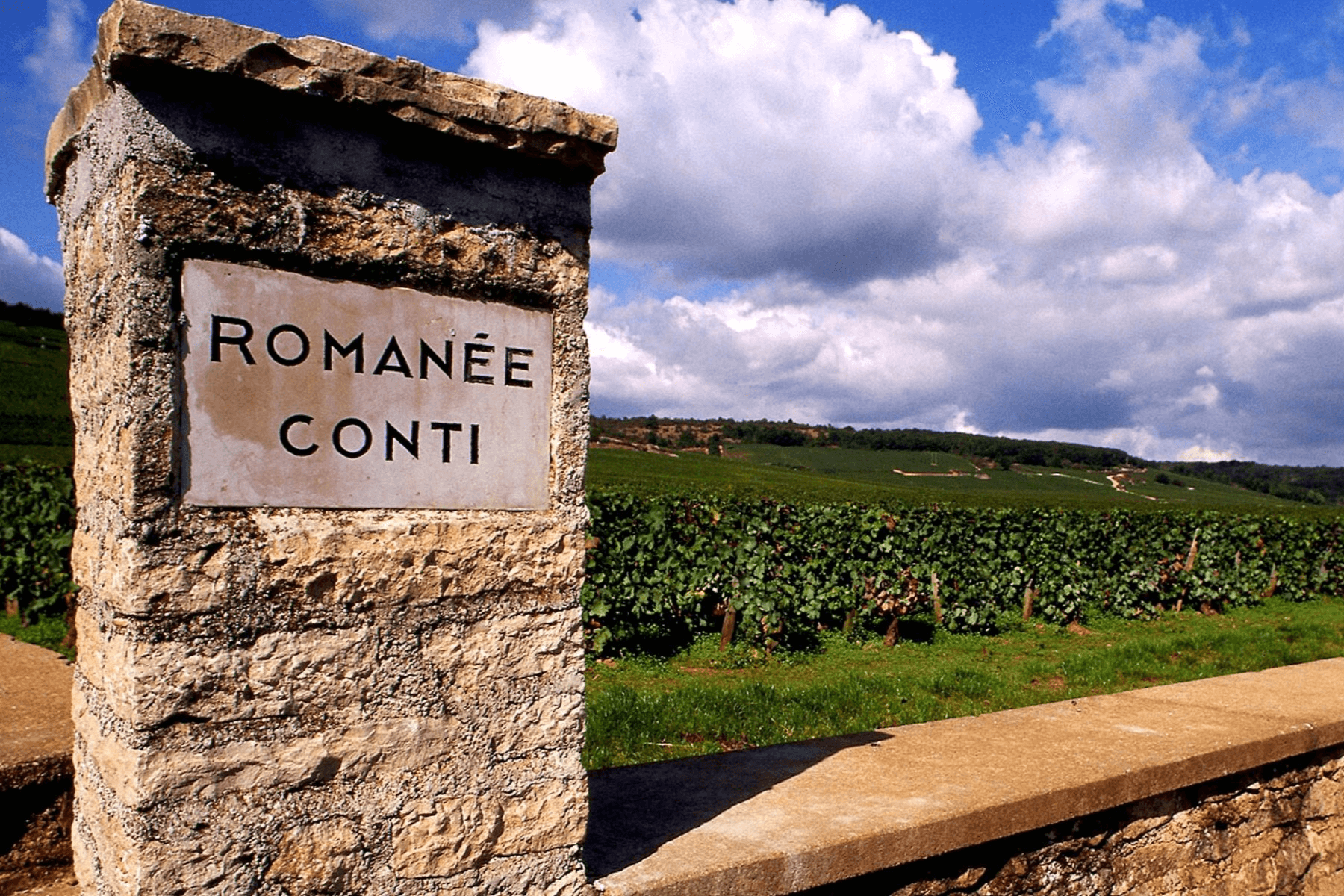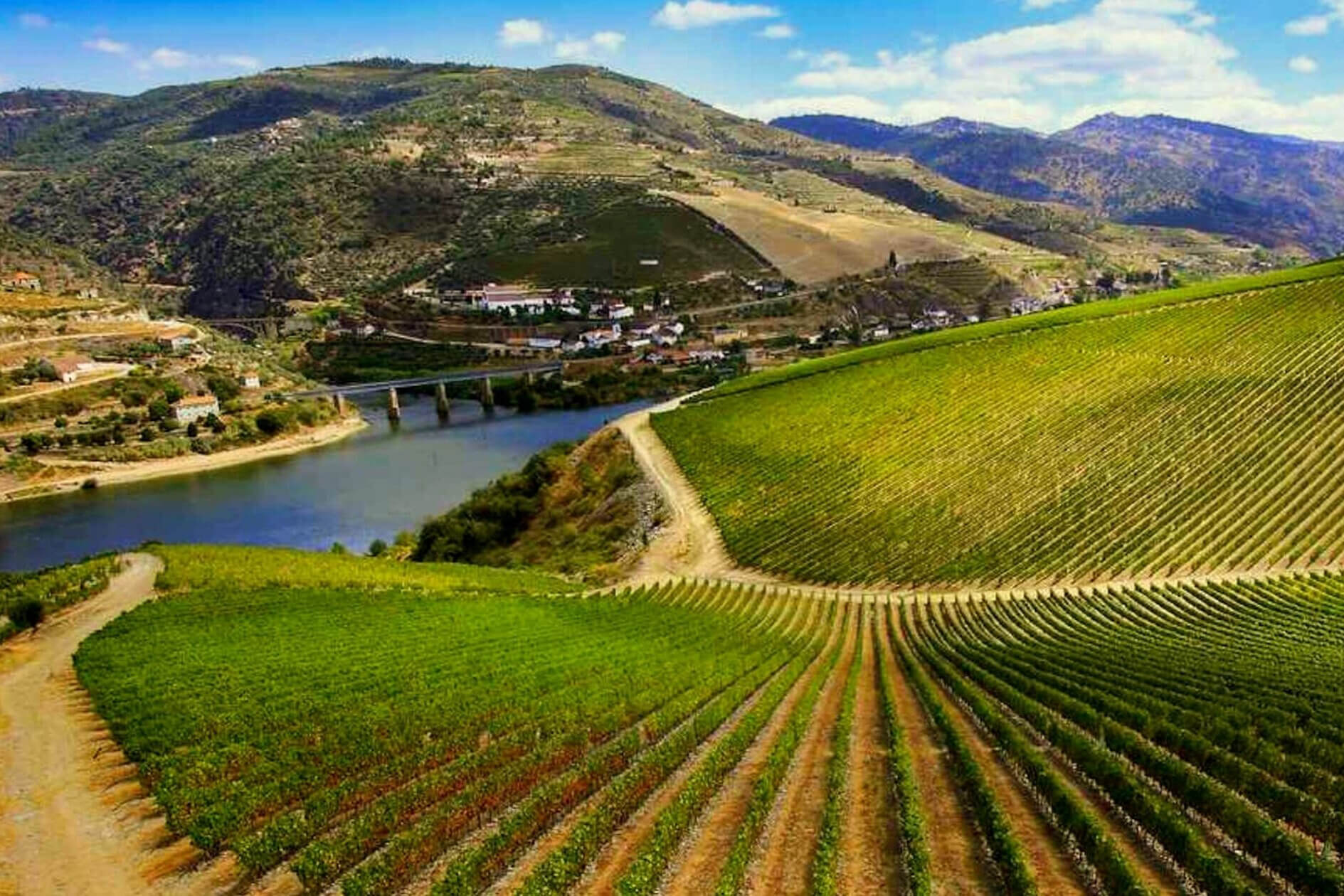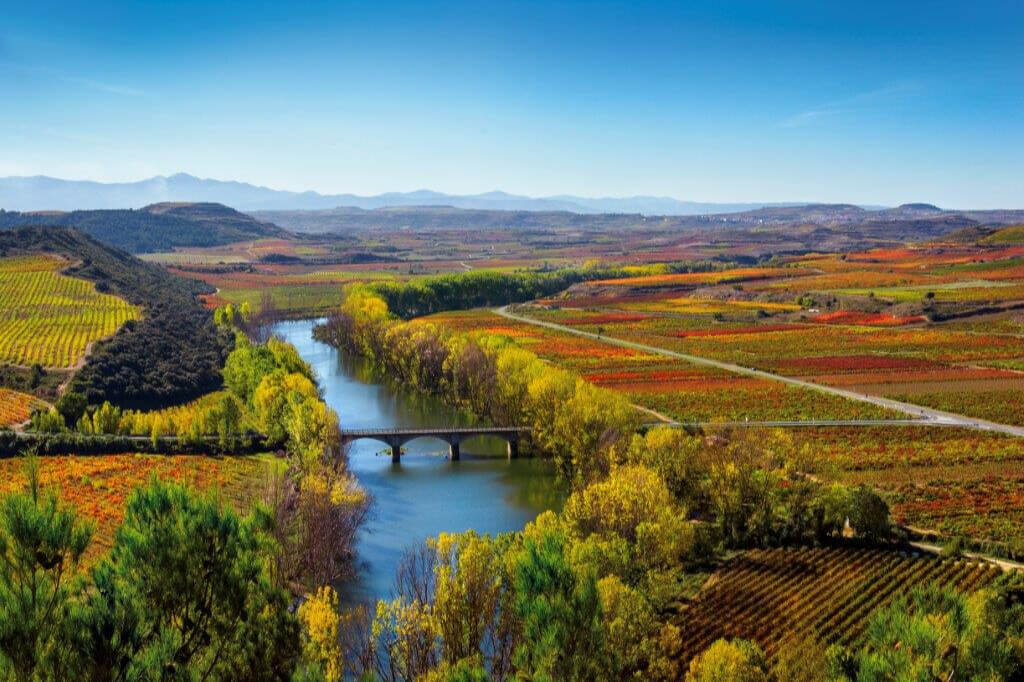The Willamette Valley, Oregon's most famous and oldest wine region, is also its largest, covering nearly 3.5 million acres between Portland and Eugene. Of these, 25,450 acres are under vine, and the valley is home to more than 700 wineries, representing nearly two-thirds of the state’s wineries and vineyards. This vast appellation includes 11 nested American Viticultural Areas (AVAs), clustered predominantly in the northwest corner near the Washington border. The region's AVAs, such as Dundee Hills, Eola-Amity Hills, and Yamhill-Carlton, are recognized globally for their unique terroirs. Framed by the Coast Range to the west and the Cascade Mountains to the east, the valley enjoys a long growing season, with warm days, cool nights, and extended autumns, allowing for the production of elegant and expressive wines.
The Willamette Valley is predominantly home to small, family-owned wineries, where intimate, hands-on production methods are the norm. These smaller producers prioritize quality over quantity, often crafting their wines in small batches with a deep focus on expressing the unique terroir of the region. Unlike the vast commercial operations found in places like California, where some individual wineries outproduce the entire state of Oregon, the Willamette Valley’s winemakers embrace a more artisanal approach. This commitment to small-scale production allows for a greater emphasis on sustainable practices, attention to detail, and innovation in winemaking. It also fosters a strong sense of community among winemakers who share a passion for producing high-quality, distinctive wines that reflect the diverse landscape and microclimates of the valley.
According to Oregon Wine Press, David Lett of Eyrie Vineyards was the first to recognize the similarities between France’s renowned Pinot Noir region, Burgundy, and Oregon’s Willamette Valley. In 1965, Lett planted the first vines in the valley, marking the start of its winemaking legacy. Early pioneers like Adelsheim, Knudsen, and Sokol Blosser have since celebrated their 50th anniversaries, while the region continues to attract a new generation of vintners and producers.
It sits on a similar latitude to Burgundy on the 45th parallel. Known as the “Burgundy of the United States,” the Willamette Valley has seen an influx of Burgundian winemakers, which has elevated the quality and prestige of its wines, particularly its flagship Pinot Noir. This variety thrives in the region’s cool climate, producing wines that rival some of the finest in the world. In addition to Pinot Noir, the valley also produces a wide array of varietals including Chardonnay, Pinot Gris, Riesling, Gamay, and sparkling wines. The Valley’s commitment to environmental stewardship is longstanding, with many wineries practicing sustainable, organic, and biodynamic farming.
The Willamette Valley's geography plays a crucial role in shaping its winegrowing conditions. The Coast Range protects the vineyards from the harsh Pacific Ocean winds, while the Cascades shield them from the dry, arid conditions of eastern Oregon. This natural protection, combined with the region’s rich volcanic and sedimentary soils, has helped the Willamette Valley gain a reputation as one of the premier wine growing regions in the world. Its idyllic landscapes, combined with the allure of its world-class wines, make it a magnet for wine lovers and tourists alike.
In the Willamette Valley, the grape varieties grown are primarily focused on cool-climate wines, with Pinot Noir being the dominant grape. The approximate breakdown of grapes grown in the region is as follows:
- Pinot Noir: ~70-75%
- Pinot Gris: ~10-15%
- Chardonnay: ~5-7%
- Riesling: ~3-5%
- Other Varieties (e.g., Gamay, Syrah, Sauvignon Blanc, Gewürztraminer, and Melon): ~2-5%
Pinot Noir
One reason for the higher cost of Pinot Noir in Willamette Valley is the strict state regulations on wine packaging and labeling, which go beyond federal standards. For a wine to carry the Willamette Valley label, 95% of the grapes must come from the region, and 100% must be grown in Oregon, according to Willamette Wines. Additionally, for a wine labeled as Pinot Noir, 90% of the grapes must be Pinot Noir, compared to the 75% required by federal regulations. This restriction ensures the wine’s authenticity, emphasizing the purity of Oregon Pinot Noir. Thanks to these stringent standards, the Willamette Valley earned Protected Geographical Indication (PGI) status from the European Union in 2021, joining Napa Valley as the only U.S. regions with this distinction. This achievement, largely driven by Harry Peterson-Nedry of RR Wines and Ridgecrest Vineyards, who lobbied for nearly a decade, underscores the exceptional quality and global recognition of Willamette Valley wines.
French Winemakers are Investing in the Region
French recognition of Oregon's wine quality is notable, beginning with Burgundy’s Joseph Drouhin establishing Domaine Drouhin in 1987, and more recently, Bollinger Champagne acquiring Ponzi Vineyards. Large producers like Jackson Family Wines and Ste. Michelle have also invested in Willamette Valley. Despite strict state standards, the region remains more affordable than Burgundy, Napa, and Sonoma, attracting global attention for its premium terroir. Willamette Valley’s combination of quality and affordability continues to draw interest from international wine producers.




